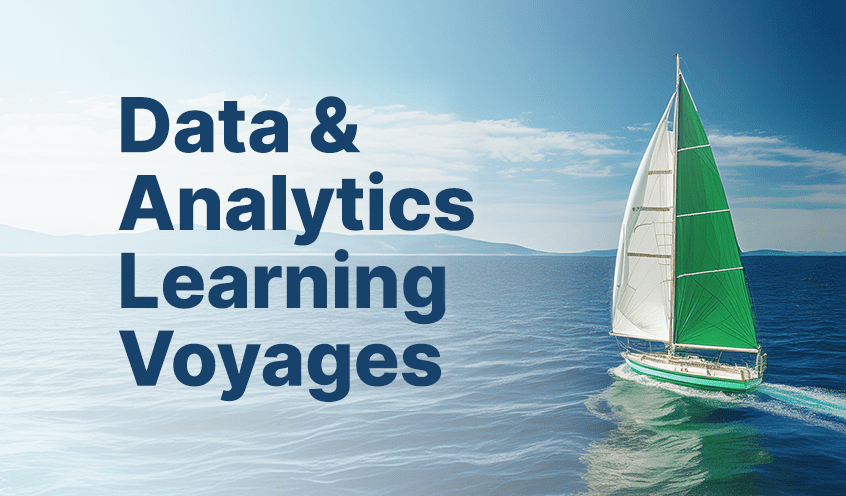Supply chains have been headline news since the beginning of the pandemic. Unprecedented logistics disruption, production delays and labor shortages have left global supply chains and customers reeling. Going forward, new strategies and technologies are needed to manage risk and build resiliency in an uncertain future.
For supply chains today, two things are more important than ever: end-to-end visibility and agility. Digital technologies like data analytics play a pivotal role by providing real-time insights into systems, processes and people across the chain – to inform, predict and speed decisions.
In a recent survey, Gartner cited eight technology trends that will speed supply chain digital transformation in the coming years. They include embedded AI & analytics, and augmented data intelligence.
“Big data, Internet of Things (IoT) next to advanced analytics and intelligence are considered the most important emerging technology areas for supply chains. Gartner research shows that through 2024, 50% of supply chain organizations will invest in applications that support AI and advanced analytics capabilities.”[1]
Many customers are using Qlik to modernize their supply chains. Real-time data integration, augmented analytics and AI-powered automation provide them with in-the-moment insights. The better to optimize operations from end to end.
Airbus
The airline manufacturer began using Qlik in 2016. To support its single-aisle Airbus production, the company developed an application to collect data from several product data management sources.
Qlik Replicate enabled Airbus to easily set up data replication for the application. It synchronizes, distributes, consolidates and ingests data across all major databases, data warehouses and Hadoop.
More than 150 replication tasks now run on Qlik Replicate production servers, filling two data warehouses and propagating data to different business users including design teams and customer service teams. The data allows the company to track every part, process and design drawing in every plane.
J.B. Hunt
This transportation and logistics company uses Qlik to deliver data from diverse sources into a Microsoft Azure data lake.
The information helps users make critical business decisions. For instance, a process is underway to automate competitive counter-offers to carriers on available freight. The data helps generate dynamic pricing for shipments based on carrier availability and current market conditions.
The technology solution, J.B. Hunt 360, is cutting edge in the industry as a digital freight matching platform. It’s changed the way carriers and shippers collaborate and conduct business. Combining real-time data and insights in new ways helps advance the company’s expertise in supply chain technology.
Urban Outfitters
The clothing and accessory retailer consolidates data from disparate business units and systems, using a Snowflake cloud fed by Qlik data integration. The end-to-end pipeline helps users analyze data and act on it quickly.
Qlik dashboards have replaced complex multi-column reports. And more than 240 Qlik apps are in production. They offer insights into things like store performance, e-commerce sales, operations and supply chain logistics.
Data insights benefit store staff too. Employees align on in-store metrics and purchasing patterns, and language around KPIs and reporting is unified across all brands. Through one central Qlik location, staff get up-to-the-minute data and can act on the insights immediately.
Data-driven supply chains
With today’s global supply chains, stakeholders have to be tightly coordinated to ensure flexibility, resiliency and fast time-to-market.
Qlik brings visibility to all parts of the network by integrating data and providing insights into production, fulfillment, inventory, transit times and more. Organizations see what’s behind issues and opportunities. They gain a forward-looking view and can plan accordingly. And everyone collaborates to make data-driven decisions.
We’ll leave the last word to David Hufnagle, Manager of Enterprise Data and Analytics at Greene Tweed:
“From 2018, we revisited how we format and build processes from an analytics point of view, making them repeatable and consistent across our application suite. The next evolution will be a smart enterprise where we will digitize everything we do.”
[1] Gartner for Supply Chain: The top 8 supply chain technology trends
https://www.gartner.com/en/supply-chain/trends/supply-chain-technology-trends
In this article:
Industry Viewpoints












































